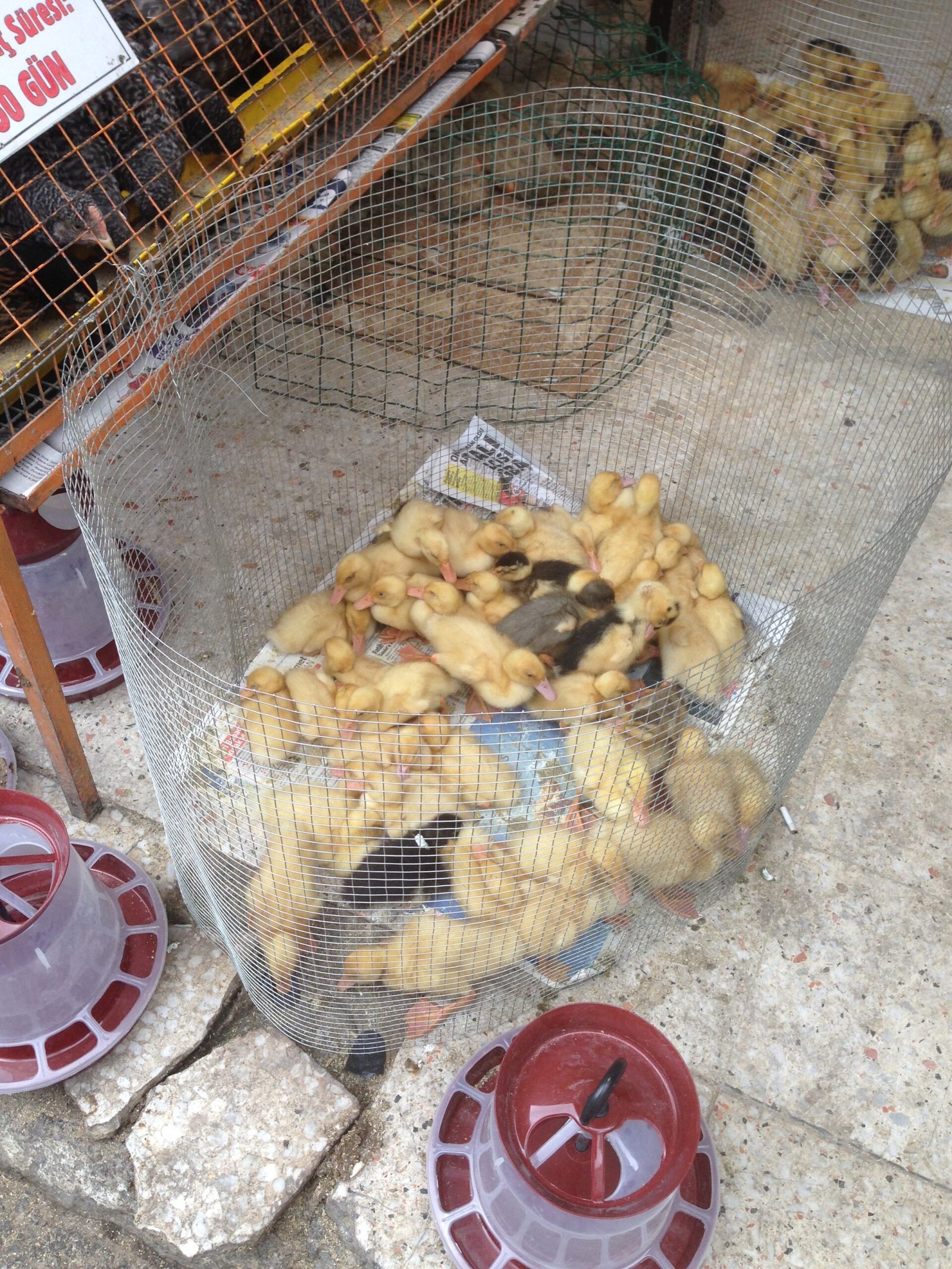
One moment, a virus is quietly cycling through a bat colony deep in a forest. The next, it’s sweeping through human populations, changing lives and headlines around the world. That’s the shocking, invisible leap of zoonotic spillover—a phenomenon as old as humanity itself, yet as mysterious as the darkest corners of the wild. The story of how viruses cross the species barrier isn’t just a tale of science; it’s a drama that unfolds at the intersection of nature, human behavior, and chance. If you’ve ever wondered how a microscopic invader can travel from animals to humans, or why these events seem to be happening more often, you’re not alone. Let’s unravel the secrets behind zoonotic spillovers, exploring the crucial moments when viruses make their historic jumps and reshape our world.
What Is Zoonotic Spillover?
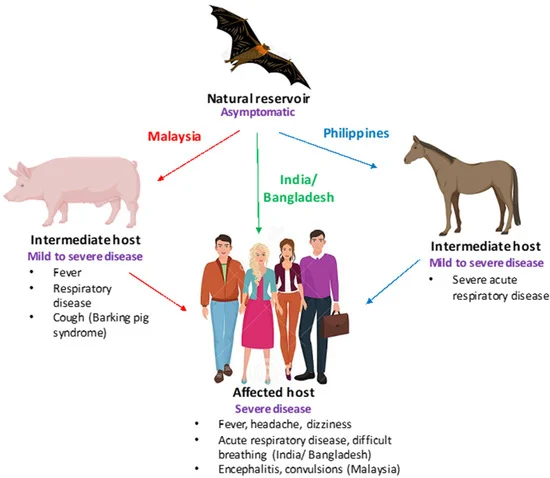
Zoonotic spillover is the moment when a pathogen—like a virus or bacterium—crosses from animals into humans and begins to infect us. It’s a unique biological event, often requiring a perfect storm of circumstances. Think of it as a virus finding a new passport to travel between species. In most cases, these microbes are well-adapted to their animal hosts and rarely cause trouble. But every so often, an encounter or mutation allows them to infect humans, sometimes with devastating consequences. The concept isn’t new; diseases like rabies and plague have been with us for centuries, but the science of spillover is still evolving. Understanding this process is crucial for predicting and preventing future outbreaks.
The Animal Reservoir: Where Viruses Hide
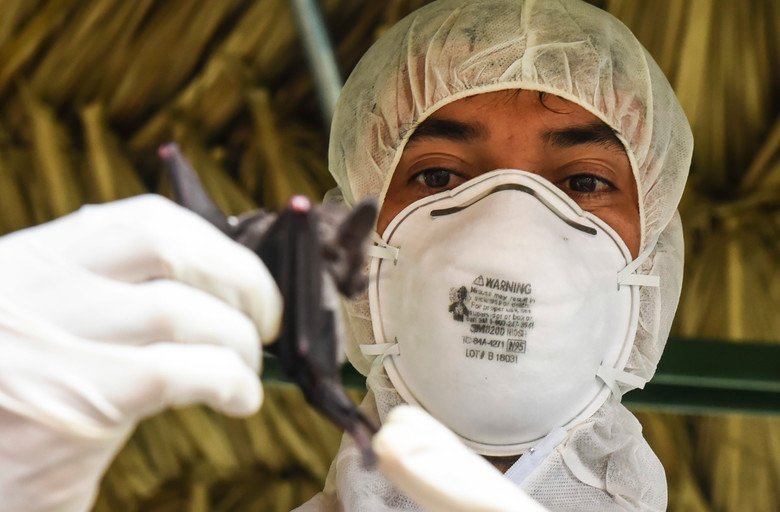
Most zoonotic viruses originate in what scientists call “reservoir hosts”—animals that carry pathogens without getting sick themselves. Bats, rodents, and birds are notorious for this. For example, bats harbor hundreds of coronaviruses, often without any sign of illness. These animals act like silent vaults, storing viruses that might one day find a path to humans. The reason some animals are such effective reservoirs is tied to their immune systems, which can tolerate infections that would make other creatures very sick. It’s a biological balancing act, and one that keeps humanity on its toes. When humans enter these animals’ habitats or bring them into close contact, the risk of spillover grows.
Famous Examples of Zoonotic Spillovers
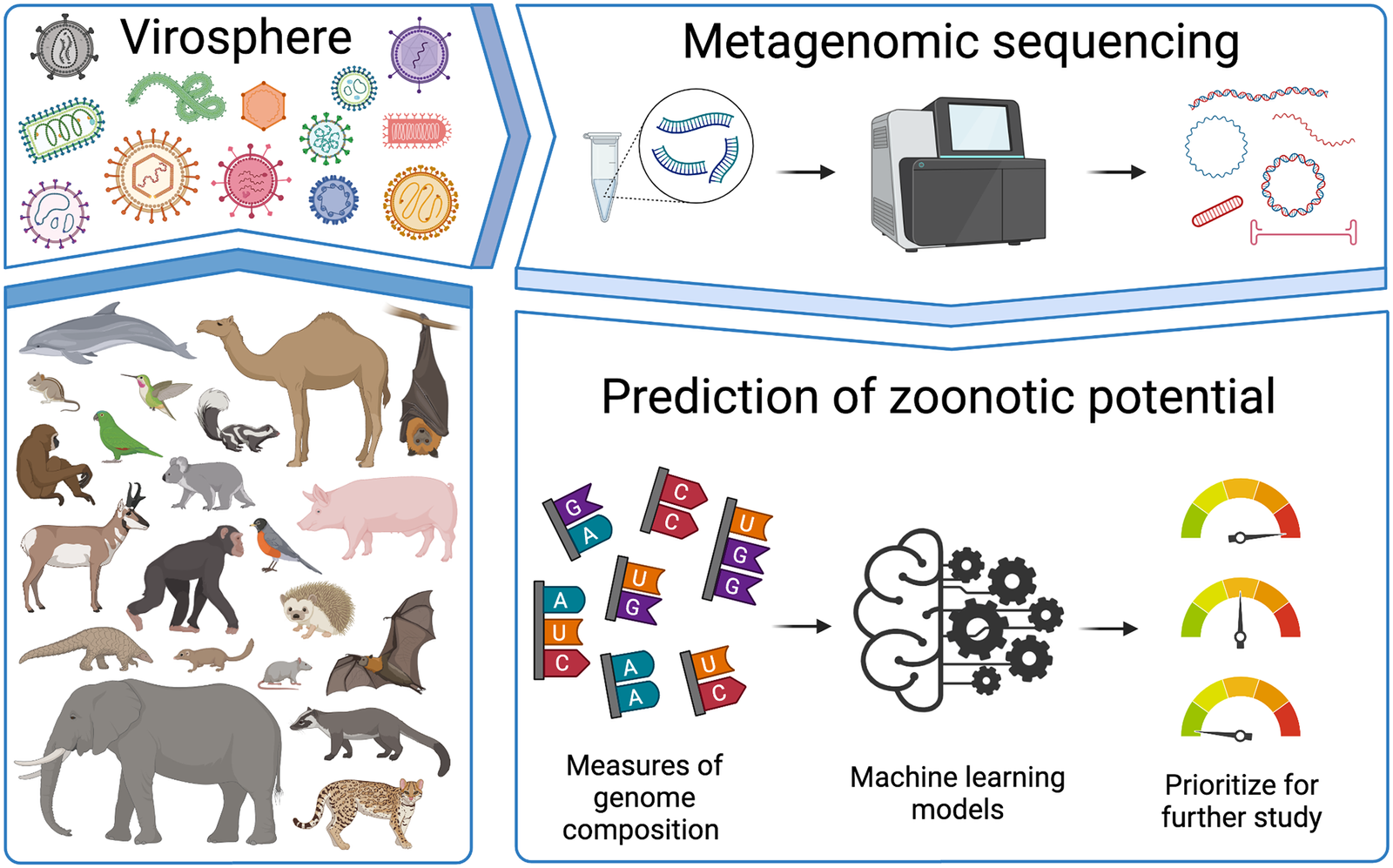
Some of the world’s most notorious diseases began as zoonotic spillovers. HIV, for instance, is believed to have originated from chimpanzees before jumping to humans, forever altering the global health landscape. The 2009 H1N1 “swine flu” pandemic emerged from pigs, while the Ebola outbreaks have been traced back to bats and other wild animals. More recently, the world watched as SARS, MERS, and COVID-19—all coronaviruses—made the leap from animals to people, sparking global crises. These stories are sobering reminders of how intimately connected our health is to that of the animal world.
How Viruses Leap the Species Barrier

A virus jumping from animals to humans isn’t as easy as it sounds. First, the virus must come into contact with a human, usually through direct interaction, bites, or the handling of raw meat. Then, it has to invade human cells, which may require genetic mutations or special tricks to bypass our immune defenses. Sometimes, the virus uses an “intermediate host”—an animal that serves as a bridge between wildlife and people. SARS is thought to have passed from bats to civet cats, then to humans. These leaps can be rare, but when they happen, the results can be explosive.
The Role of Mutation and Evolution
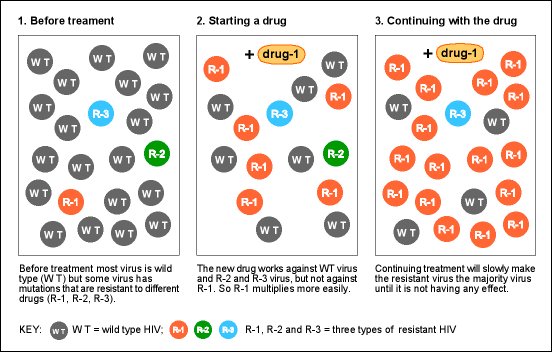
Viruses are constantly mutating, and these genetic changes can help them adapt to new hosts. Imagine a virus as a lockpick, trying different keys until one fits a new door—in this case, a human cell. When a mutation gives a virus the ability to bind to human cells, the spillover risk skyrockets. Evolutionary pressure in crowded animal populations, like factory farms or markets, can accelerate this process. This is why scientists are so concerned about new strains of flu emerging from poultry or pigs; they’re hotbeds for viral innovation.
Human Behavior and Environmental Change
Human activities play a starring role in zoonotic spillovers. Deforestation, urbanization, and the expansion of agriculture push people into closer contact with wildlife. Markets selling live animals, sometimes called “wet markets,” create perfect conditions for viruses to mix and jump species. Even climate change can shift animal habitats, bringing reservoir hosts into new territories—and closer to human communities. Our globalized world, with its constant movement of people and goods, means that once a spillover occurs, a virus can spread farther and faster than ever before.
Wildlife Trade and Wet Markets
The trade in wild animals, whether for food, pets, or traditional medicine, is a major driver of zoonotic spillovers. When stressed, caged animals are stacked together in crowded markets, viruses can pass between species with alarming ease. SARS and possibly COVID-19 are believed to have originated in such environments, making them infamous in public health circles. These markets are often poorly regulated, and the sheer diversity of animals increases the odds of viral mixing and mutation. Shutting down or regulating this trade is a thorny but crucial issue in spillover prevention.
The Importance of the “One Health” Approach
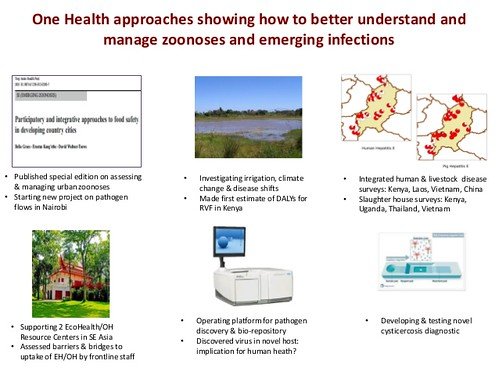
“One Health” is a philosophy that recognizes the interconnectedness of human, animal, and environmental health. Instead of treating outbreaks in isolation, this approach calls for collaboration between doctors, veterinarians, ecologists, and policymakers. By monitoring animal populations, improving livestock management, and preserving ecosystems, we can catch emerging threats before they spill over. It’s a holistic way of thinking that’s gaining ground, especially as new zoonotic diseases continue to emerge. In a world where what happens to bats and birds can affect entire cities, this joined-up thinking is more important than ever.
Detecting Spillovers Before They Spread
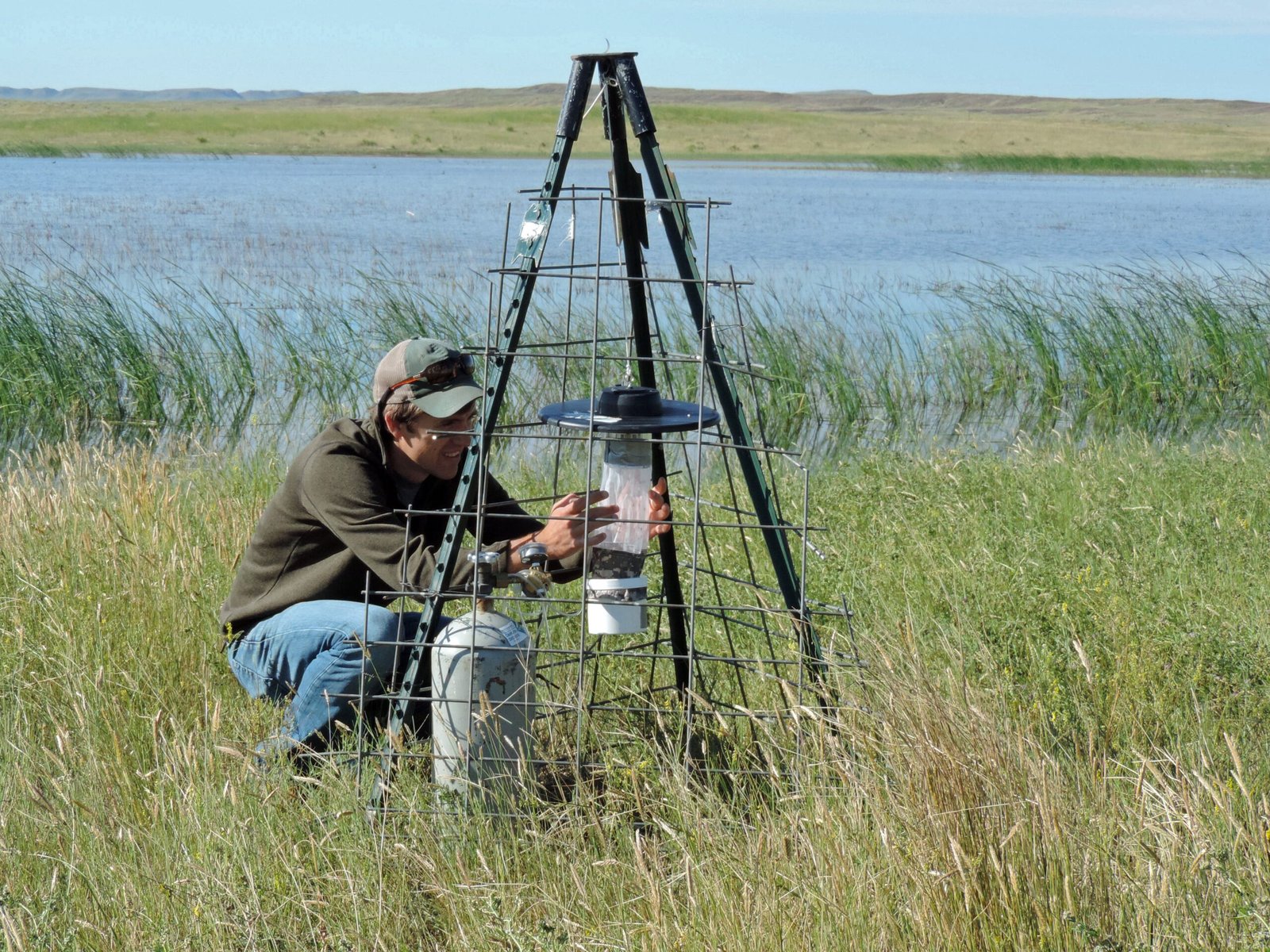
Early detection is the holy grail of spillover prevention. Scientists use surveillance systems to monitor animal populations for unusual illnesses or deaths, which can be early warning signs of a brewing spillover. Advances in genetic sequencing allow researchers to identify new viruses in wildlife before they reach humans. Some countries have set up “sentinel” programs, testing animals and people in high-risk areas regularly. The faster we can spot a potential spillover, the better our chances of stopping it in its tracks.
Why Are Spillovers Becoming More Common?
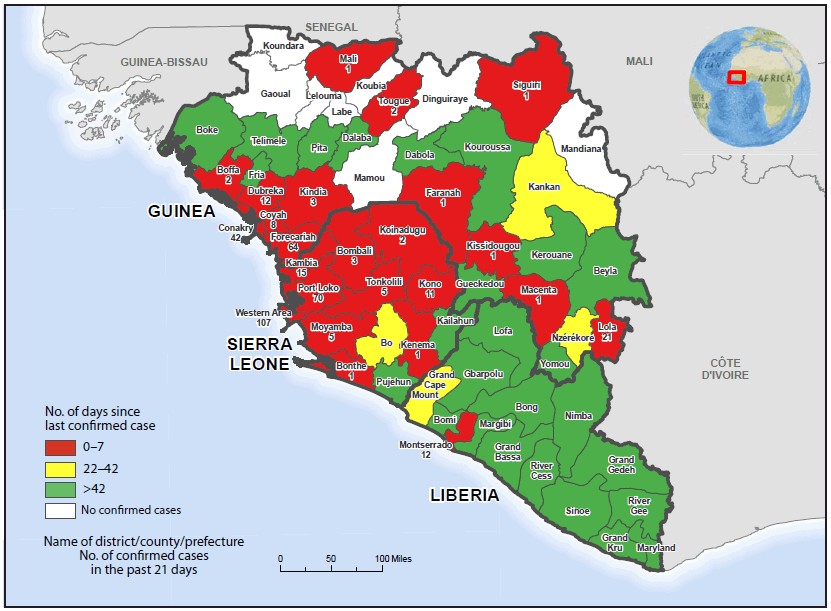
It feels like we’re hearing about new zoonotic threats more often, and there’s a reason for that. The world’s population is growing, and we’re encroaching ever deeper into wild habitats. Climate change is altering migration patterns, bringing species into contact that never met before. Global trade and travel mean a virus can hitch a ride from a jungle to a megacity in hours. At the same time, our ability to detect and report outbreaks has improved, making us more aware of events that might have gone unnoticed in the past. It’s a perfect storm that means spillovers aren’t just possible—they’re inevitable.
The Role of Bats in Viral Spillovers
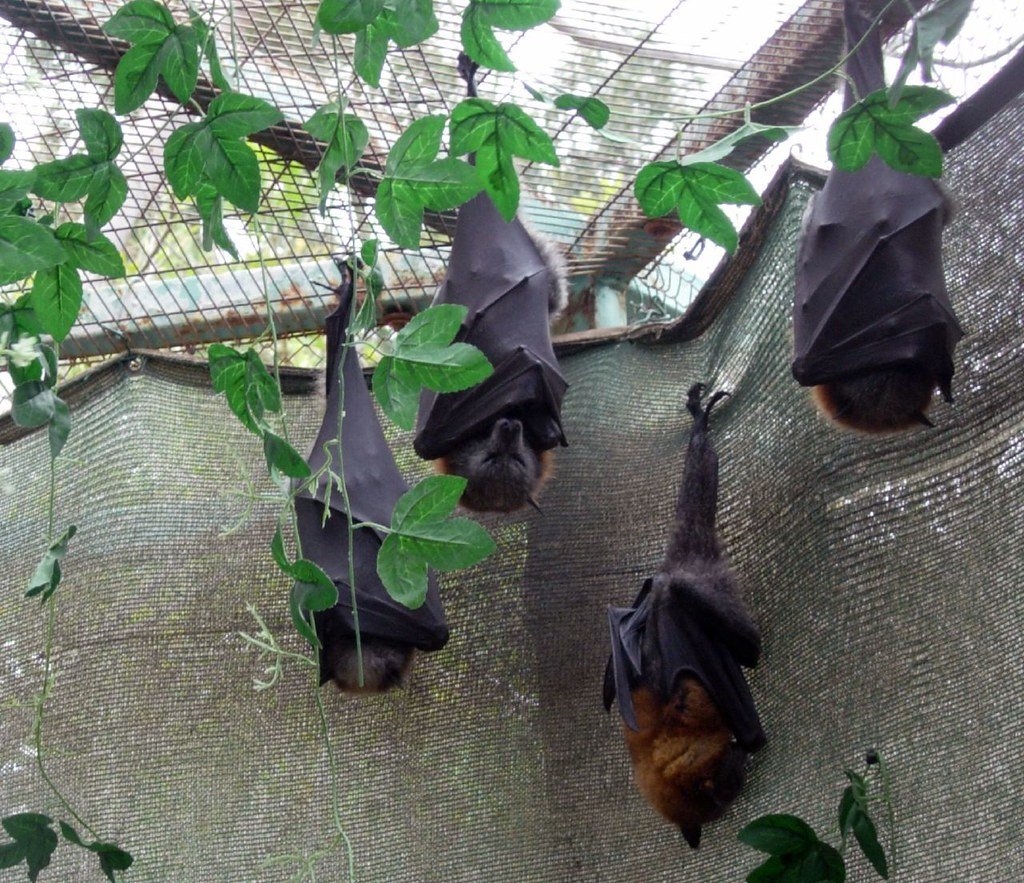
Bats are often cast as the villains in zoonotic spillover stories, but they’re more like reluctant hosts. With over 1,400 species, bats make up a fifth of all mammal species and have some of the most unique immune systems on the planet. These animals can harbor deadly viruses like Ebola, Nipah, and several coronaviruses without getting sick. Their long lifespans, social behavior, and ability to fly long distances make them ideal reservoirs. However, blaming bats misses the bigger picture—human actions usually bring us into contact with these creatures, not the other way around.
Intermediate Hosts: The Hidden Bridges
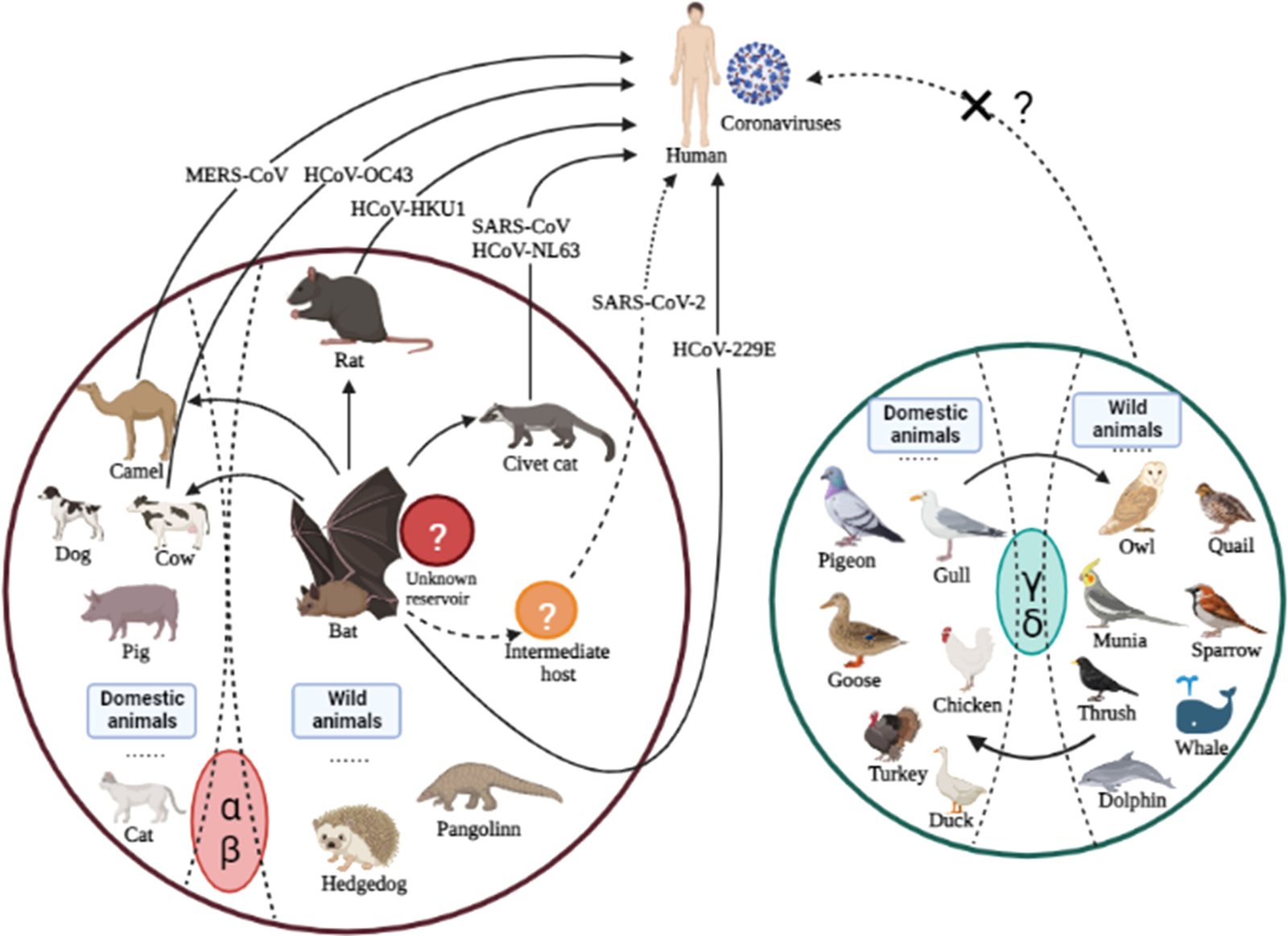
Sometimes, viruses can’t jump directly from their natural reservoirs to humans. Instead, they find an intermediate host—another animal that serves as a bridge. For example, the Hendra virus passed from fruit bats to horses, then to people. MERS used camels as its stepping stone from bats to humans. These intermediate hosts can amplify the virus, increasing its chances of infecting people. Identifying these hidden bridges is a detective game for scientists, but it’s essential for breaking the chain of transmission.
Why Not All Spillovers Become Pandemics
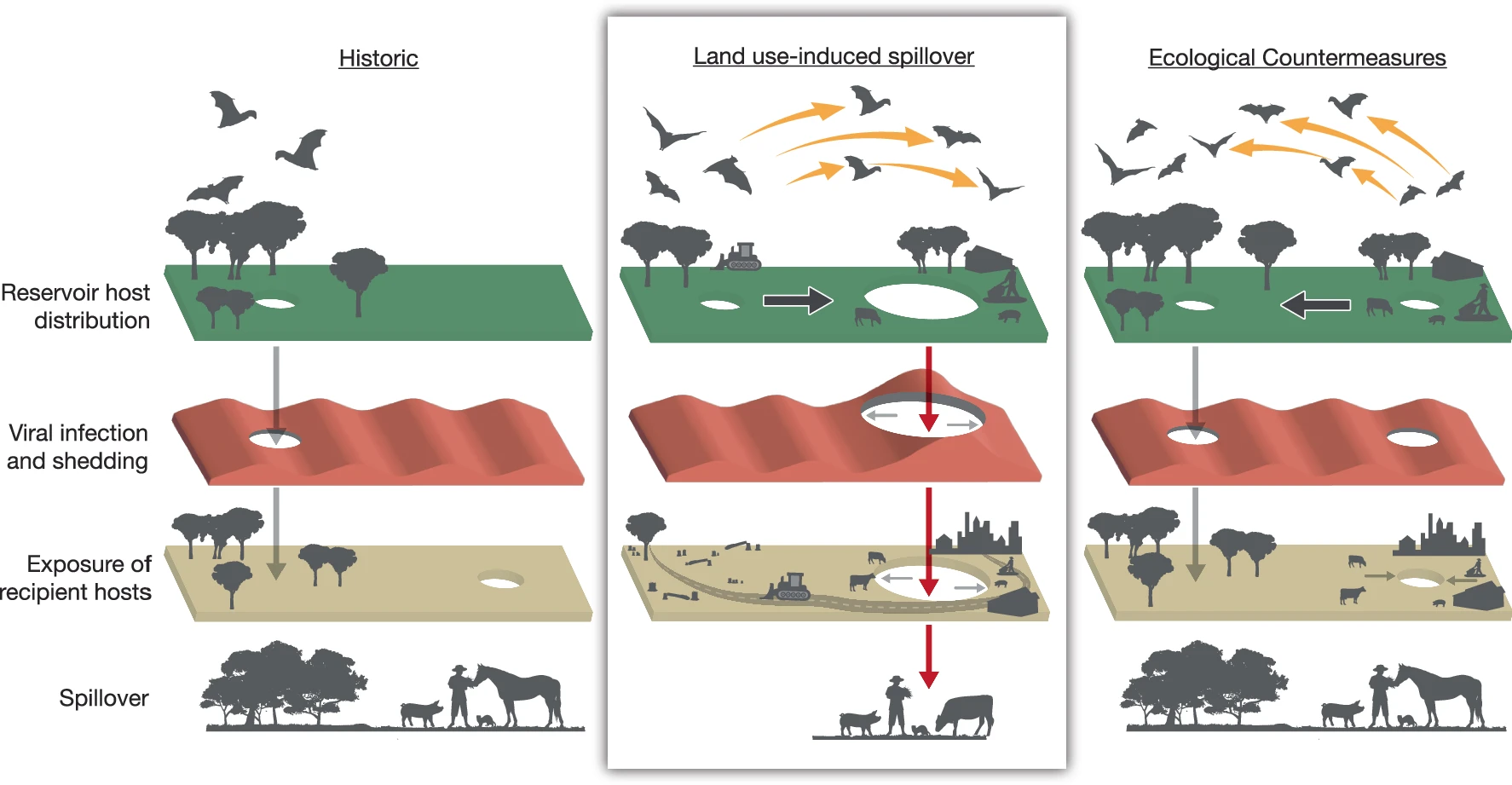
Not every spillover leads to a pandemic. Most viruses that cross into humans fizzle out, unable to spread easily from person to person. Sometimes, a virus causes only mild illness or is quickly contained by public health measures. Factors like how the virus spreads, the strength of our immune systems, and even luck can determine whether an outbreak explodes or disappears. Understanding these dynamics helps scientists predict which spillovers are most likely to turn into major threats.
Animals and Humans: A Shared History of Disease
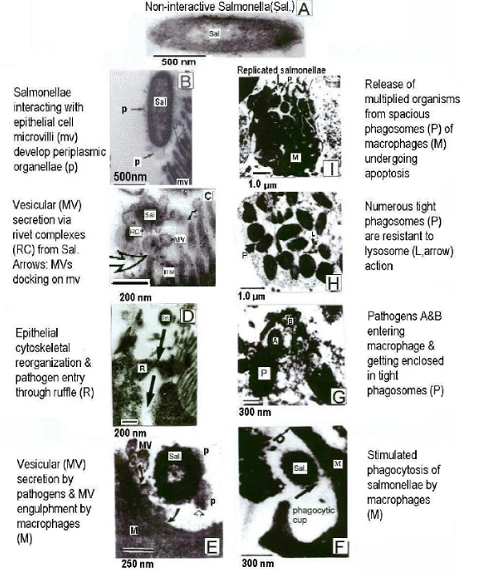
Our relationship with animals goes beyond companionship and food; it’s stitched into the very fabric of our shared history. Domesticated animals brought us milk and wool, but also diseases like measles and smallpox, which originated in cattle. Our ancestors lived in close quarters with pigs, chickens, and dogs, creating countless opportunities for pathogens to adapt and thrive. This ongoing exchange has shaped our immune systems—and continues to influence the risks we face today.
Cutting-Edge Science: Preventing the Next Spillover
Researchers are racing to stay ahead of the next big spillover. Technologies like CRISPR gene editing are being explored to make animals less susceptible to dangerous viruses, potentially blocking transmission at the source. Artificial intelligence is helping scientists predict hotspots where new spillovers could occur. Vaccines for livestock and wildlife are another promising tool, though challenging to implement on a large scale. These innovations offer hope, but they also require political will and public support to succeed.
Personal Actions to Reduce Risk
Even individuals can play a role in preventing zoonotic spillovers. Avoiding contact with wild animals, supporting sustainable farming, and being mindful of food sources are simple but effective steps. Travelers should be cautious when visiting markets or areas with known disease risks. Supporting conservation efforts helps keep wildlife habitats intact, reducing the chances of unwanted encounters. Every small action adds up, creating a safer world for everyone.
The Emotional Toll of Zoonotic Outbreaks
When a zoonotic disease breaks out, the impact goes far beyond physical illness. Fear, stigma, and uncertainty ripple through communities. Families worry about loved ones, businesses shutter, and everyday routines are disrupted. These emotional scars can last long after the immediate threat has passed. It’s a stark reminder that spillovers aren’t just biological events—they’re deeply human experiences that test our resilience and compassion.
Learning From the Past to Shape Our Future
History is full of lessons about how to handle zoonotic spillovers. The swift response to the 2003 SARS outbreak showed the power of transparency and cooperation, while delays during the early days of COVID-19 highlighted the dangers of secrecy and complacency. By studying past successes and failures, scientists and policymakers can craft better strategies for the future. It’s a journey of trial and error, but each step brings us closer to a world where zoonotic spillovers are less likely to catch us off guard.
The Unpredictable Nature of Viral Evolution
Viruses are masters of surprise. They can change their genetic makeup in the blink of an eye, sometimes making them more contagious or deadly. This unpredictability is what makes spillovers so challenging to anticipate and control. Scientists must constantly adapt their tools and strategies, knowing that the next big threat could come from anywhere. It’s a high-stakes game of cat and mouse, played out on a global stage.
Hope on the Horizon: Building a Resilient World
Despite the dangers, there’s reason for optimism. The world is investing more in surveillance, research, and preparedness than ever before. Communities are learning to balance their needs with those of the natural world, finding new ways to coexist with wildlife. The story of zoonotic spillovers is still being written, but with knowledge, vigilance, and compassion, we can shape a future where these invisible leaps cause less harm and more hope.



